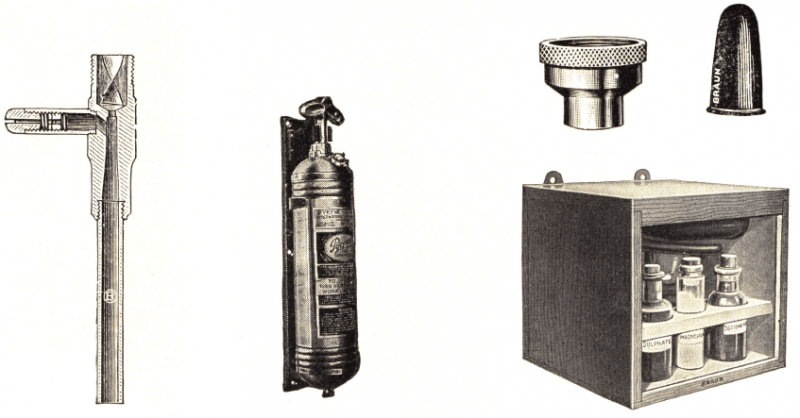
These fundamental studies led to a variety of antidotes, including indirect CN binders that generate methemoglobin, direct CN binders such as hydroxocobalamin, and sulfur donors that convert CN to the less toxic thiocyanate. The biochemical basis of CN poisoning was actively studied and key mechanisms were understood as early as 1929. It became industrially important in the nineteenth century with the advent of CN assisted gold mining and the use of CN as a pest control agent. CN has been a part of plant defense mechanisms for millions of years. Strict work safety regulations must be followed to prevent occupational exposure.This paper reviews milestones in antidotal therapies for cyanide (CN) spanning early remedies, current antidotal systems and research towards next generation therapies. A special antidote kit also may be used if a strong suspicion for cyanide poisoning exists.ĥ. Standard home fire precautions including smoke detectors.Ĥ. Avoidance of over-hot electrical heaters.ģ. Kelocyanor drug, given by intravenous injection, has been proven to be of use when administered to seriously ill victims of confirmed cyanide poisoning.Ĭyanide Poisoning Treatment and Prevention TipsĢ. Cobalt salts have also been demonstrated as effective in binding cyanide. Amyl nitrite, sodium nitrite, and sodium thiosulfate (the Lilly cyanide antidote kit) with high-dose oxygen should be given as soon as possible. Three antidotes (substances that reverse the effects of a poison) available for cyanide poisoning.

Commonly symptoms of cyanide poisoning general weakness, confusion, bizarre behavior, excessive sleepiness, coma, shortness of breath, headache, dizziness, and seizures. This is because cyanide stops the cells of the body from being able to use oxygen, which all cells need to survive.

The effects of cyanide ingestion are very similar to the effects of suffocation. Cyanide may smell like bitter almonds or have no smell at all. It may be a crystal (like salt), or a colorless gas. Cyanide is also an ingredient of cigarette smoke. It can also be used in developing photographs, cleaning metal, removing gold and silver from ore, and electroplating. Cyanide is used as an ingredient to make things like paper, cloth, and some plastic items. Cyanide is rapidly absorbed from the stomach, lungs, mucosal surfaces, and unbroken skin. Cyanide is found in artificial nail removers that contain acetonitrile. It is found in the roots of some plants, such as the cassava plant. Cyanide is naturally present in parts of some foods, such as apricot pits.

Cyanide is a rare but potentially deadly poison.


 0 kommentar(er)
0 kommentar(er)
